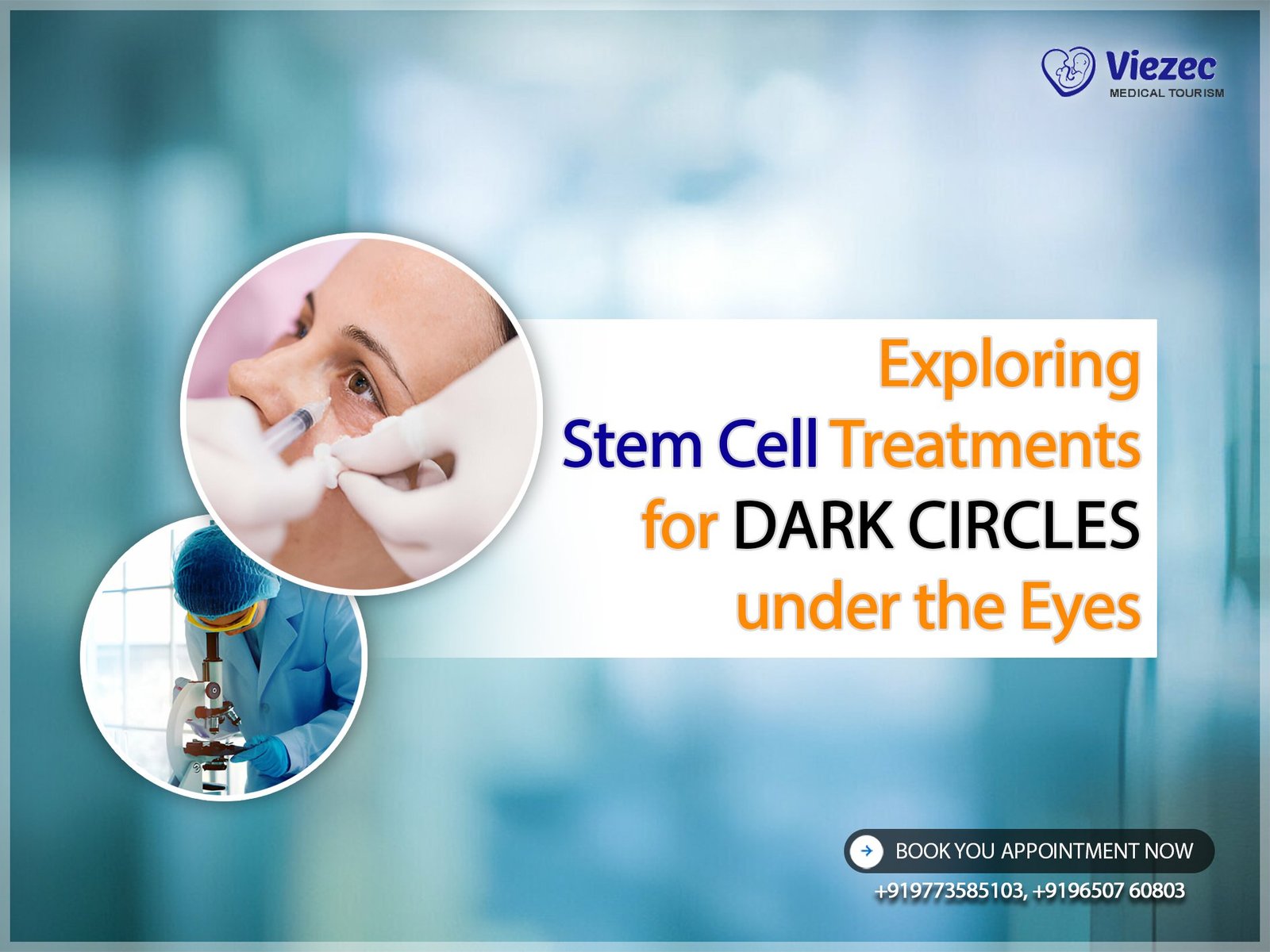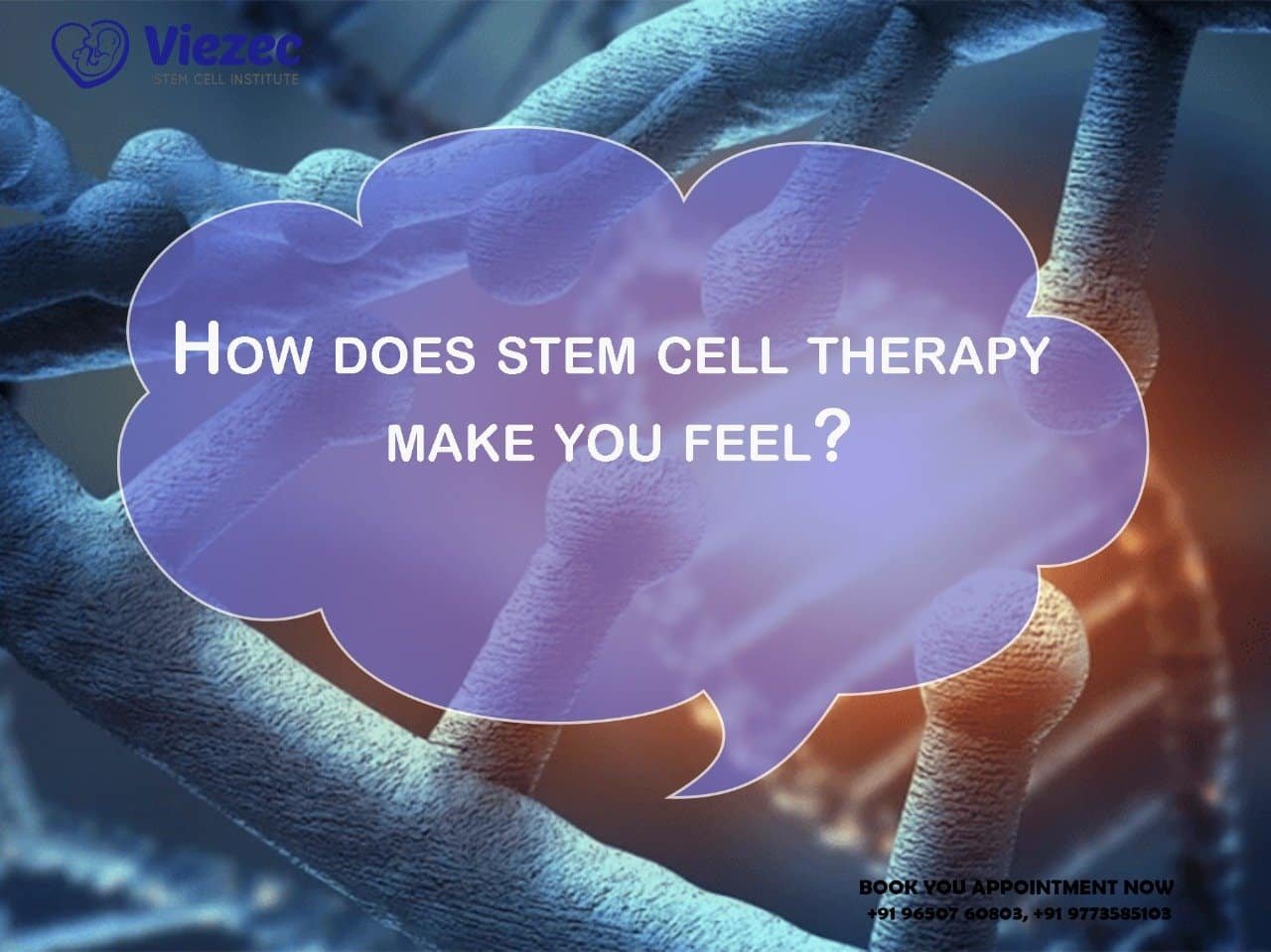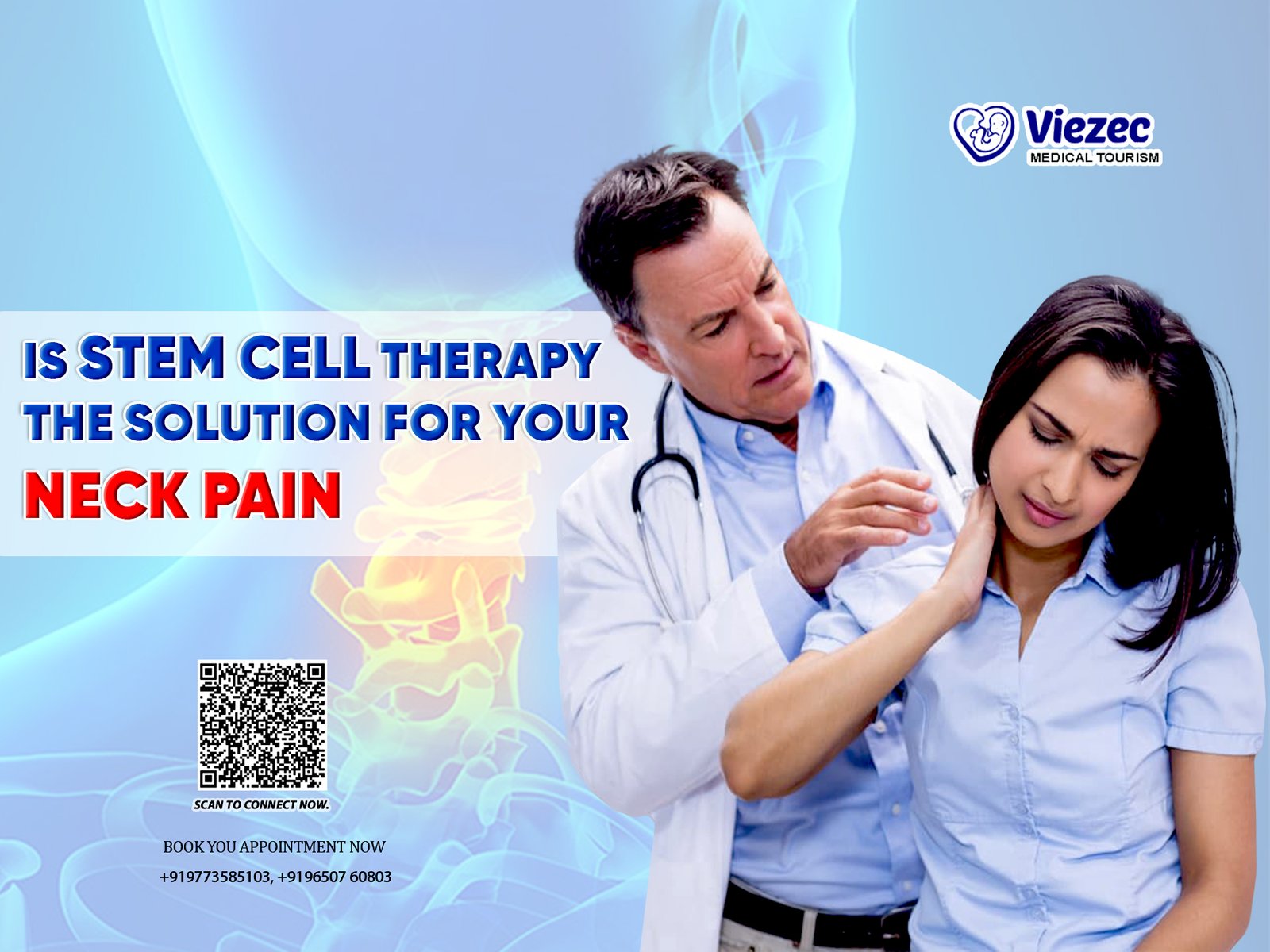Dark circles under the eyes are a common cosmetic concern affecting individuals of all ages and skin types. Despite their benign nature, they can significantly impact one’s appearance and self-confidence. Understanding the causes behind dark circles is crucial for effective treatment.
Understanding the causes of dark circles
Dark circles can be attributed to various factors including genetics, aging, lifestyle habits, and underlying medical conditions. One major contributor is the thinning of the skin around the eyes, which allows the underlying blood vessels and pigmentation to become more visible. Additionally, factors like poor sleep, dehydration, and excessive sun exposure can exacerbate their appearance.
Impact of dark circles on appearance and confidence
The presence of dark circles can lead to self-consciousness and diminished self-esteem, as they are often associated with fatigue and aging. Individuals may resort to concealing makeup or cosmetic procedures to address this concern, highlighting the need for effective and long-lasting treatment options.
Science of Stem Cells
Stem cells have garnered significant attention in the field of regenerative medicine due to their unique ability to differentiate into various cell types and promote tissue repair. In skincare, stem cells offer promising potential for addressing a wide range of dermatological concerns, including dark circles under the eyes.
Basic overview of stem cell biology
Stem cells are undifferentiated cells with the capacity for self-renewal and differentiation into specialized cell types. They are classified based on their origin and differentiation potential, with embryonic stem cells being the most versatile and adult stem cells found in specific tissues throughout the body.
Types of stem cells relevant to skincare
In dermatology, mesenchymal stem cells (MSCs) derived from adipose tissue, bone marrow, or umbilical cord blood are commonly utilized for their regenerative properties. These cells have the ability to modulate inflammation, stimulate collagen production, and promote tissue regeneration, making them ideal candidates for treating various skin conditions.
Mechanisms of action of stem cells in tissue repair
Stem cells exert their therapeutic effects through multiple mechanisms, including paracrine signaling, immune modulation, and differentiation into specialized cell types. By releasing growth factors, cytokines, and extracellular vesicles, stem cells create a regenerative microenvironment conducive to tissue repair and rejuvenation.
Skin Aging and Dark Circles
The aging process significantly influences the appearance of dark circles under the eyes, exacerbating their prominence and contributing to skin laxity and discoloration.
How aging affects the skin around the eyes
As we age, the skin undergoes structural changes characterized by a decrease in collagen and elastin production, resulting in thinning and sagging of the delicate skin around the eyes. This loss of volume and elasticity accentuates the appearance of dark circles and under-eye hollows, making them more pronounced over time.
Role of collagen and elastin in maintaining skin elasticity
Collagen and elastin are essential proteins that provide structural support and elasticity to the skin. With age, the production of these proteins declines, leading to decreased skin firmness and resilience. Restoring collagen and elastin levels is key to improving skin texture and reducing the visibility of dark circles.
Contribution of environmental factors to dark circle formation
Environmental factors such as sun exposure, pollution, and lifestyle habits can accelerate the aging process and exacerbate the appearance of dark circles. UV radiation, in particular, induces oxidative stress and damages the skin’s supportive matrix, contributing to pigmentation irregularities and vascular dilation in the under-eye area.
Current Treatment Options
Various treatment modalities exist for addressing dark circles under the eyes, ranging from topical skincare products to minimally invasive cosmetic procedures.
a. Topical creams and serums for dark circles
Topical formulations containing ingredients such as retinoids, vitamin C, peptides, and hyaluronic acid can help improve skin texture, reduce pigmentation, and increase collagen synthesis. These products work by targeting underlying causes of dark circles and promoting cellular turnover and hydration.
b. Cosmetic procedures like fillers and lasers
For more significant dark circles and hollowing, cosmetic procedures such as hyaluronic acid fillers and laser treatments offer immediate and long-lasting results. Dermal fillers can restore lost volume and smooth out under-eye contours, while lasers target pigmentation and stimulate collagen production for improved skin tone and texture.
c. Limitations and drawbacks of existing treatments
While current treatment options can provide temporary improvement in the appearance of dark circles, they often require ongoing maintenance and may not address underlying causes or provide long-term solutions. Moreover, some individuals may experience side effects or allergic reactions to certain ingredients or procedures.
Exploring Stem Cell Therapy
Stem cell therapy represents a promising approach for addressing dark circles under the eyes by targeting the underlying causes of skin aging and promoting tissue regeneration.
Overview of stem cell therapy in dermatology
Stem cell-based therapies involve the isolation and expansion of stem cells from various sources, followed by their application either topically or via injection to target tissues. In dermatology, stem cells have shown efficacy in promoting wound healing, reducing inflammation, and enhancing skin rejuvenation.
Potential benefits of using stem cells for treating dark circles
Stem cells offer several advantages for treating dark circles, including their ability to stimulate collagen production, improve skin elasticity, and reduce pigmentation irregularities. By harnessing the regenerative potential of stem cells, it is possible to achieve natural-looking results with minimal downtime and side effects.
Research advancements in stem cell-based eye treatments
Recent studies have demonstrated the efficacy of stem cell-based therapies for improving various eye-related conditions, including dark circles, under-eye bags, and fine lines. Clinical trials evaluating the safety and efficacy of stem cell-derived products are underway, with promising results indicating their potential as a novel treatment option for aesthetic concerns.
Clinical Trials and Evidence
The growing body of evidence supporting the use of stem cell therapies for dermatological conditions underscores the need for rigorous clinical evaluation to assess their safety and efficacy.
Summary of recent clinical trials on stem cell treatments for dark circles
Several clinical trials have investigated the use of stem cell-based products for treating dark circles under the eyes, with encouraging results. These studies have demonstrated improvements in skin texture, pigmentation, and overall appearance following stem cell therapy, highlighting its potential as a viable treatment option.
Efficacy and safety considerations
While preliminary findings are promising, further research is needed to establish the long-term safety and efficacy of stem cell-based treatments for dark circles. Factors such as patient selection, treatment protocol, and post-treatment care play a crucial role in optimizing outcomes and minimizing potential risks.
Patient outcomes and satisfaction levels
Patient satisfaction with stem cell therapy for dark circles is generally high, with many individuals reporting noticeable improvements in skin quality and appearance. Long-term follow-up studies are essential for assessing the durability of results and identifying any adverse effects associated with treatment.
Mechanism of Stem Cell Action
Understanding the underlying mechanisms by which stem cells exert their effects is essential for optimizing treatment outcomes and developing targeted therapies.
a. How stem cells target and repair damaged skin cells
Stem cells promote tissue repair by releasing bioactive molecules such as growth factors, cytokines, and extracellular vesicles that modulate inflammatory responses, promote angiogenesis, and stimulate cellular proliferation and differentiation. These paracrine effects create an optimal microenvironment for tissue regeneration and remodeling.
b. Interaction with surrounding tissues and cell signaling pathways
Stem cells interact with surrounding tissues through direct cell-cell contact and paracrine signaling, influencing cellular behavior and tissue homeostasis. By modulating key signaling pathways such as Wnt, Notch, and TGF-β, stem cells regulate processes involved in skin aging, including collagen synthesis, fibroblast activity, and extracellular matrix remodeling.
c. Potential long-term effects on skin rejuvenation
The regenerative potential of stem cells extends beyond immediate tissue repair, with evidence suggesting long-term effects on skin rejuvenation and anti-aging. By replenishing lost stem cell populations and enhancing endogenous repair mechanisms, stem cell therapy offers the promise of sustained improvements in skin quality and appearance.
Customization and Personalization in Treatment
Tailoring stem cell therapies to individual patient needs and characteristics is essential for optimizing outcomes and ensuring patient satisfaction.
Importance of personalized skincare regimens
Every individual has unique skincare needs and concerns influenced by factors such as age, skin type, and lifestyle habits. Customizing treatment plans to address specific concerns allows for targeted interventions that maximize efficacy and minimize adverse effects.
Tailoring stem cell therapies to individual needs
Stem cell-based treatments can be tailored to target specific aspects of skin aging and dark circles, such as pigmentation irregularities, loss of volume, or impaired skin texture. By selecting appropriate stem cell sources and delivery methods, clinicians can optimize treatment outcomes and achieve natural-looking results.
Role of genetic factors in determining treatment outcomes
Genetic variations can influence an individual’s response to skincare treatments and their predisposition to certain dermatological conditions. Incorporating genetic testing and personalized medicine approaches allows for a more precise understanding of patient needs and facilitates targeted interventions that address underlying genetic factors contributing to dark circles and skin aging.
Safety and Regulatory Considerations
Ensuring the safety and efficacy of stem cell therapies requires adherence to regulatory guidelines and ethical standards.
Regulatory guidelines for stem cell therapies
Regulatory agencies such as the FDA provide oversight and guidance for the development and approval of stem cell-based products and therapies. Compliance with Good Manufacturing Practices (GMP) and rigorous clinical testing are essential for obtaining regulatory approval and ensuring patient safety.
Risks associated with unregulated treatments
The proliferation of unregulated stem cell clinics and unapproved therapies poses significant risks to patient safety and public health. These treatments may lack scientific evidence, quality control, and proper oversight, increasing the potential for adverse events, infections, and fraudulent practices.
Importance of seeking qualified medical professionals
Choosing a qualified and experienced healthcare provider is paramount when considering stem cell therapy for dark circles or any other aesthetic concern. Board-certified dermatologists and plastic surgeons with expertise in regenerative medicine can provide comprehensive evaluations, personalized treatment plans, and ongoing support to ensure optimal outcomes and patient satisfaction.
Cost and Accessibility
The cost and accessibility of stem cell treatments for dark circles may vary depending on factors such as geographic location, treatment protocol, and healthcare infrastructure.
a. Affordability of stem cell treatments for dark circles
Stem cell therapies for aesthetic purposes may involve significant upfront costs, including consultation fees, treatment sessions, and follow-up care. While the initial investment may be higher compared to traditional skincare products or procedures, the potential long-term benefits and improvements in skin quality can justify the expense for many individuals.
b. Insurance coverage and reimbursement options
Insurance coverage for stem cell treatments for dark circles is typically limited, as they are considered elective cosmetic procedures rather than medically necessary interventions. However, some healthcare plans may offer partial coverage for certain indications or off-label uses, depending on individual policy terms and medical necessity criteria.
c. Accessibility in different regions and healthcare systems
The availability of stem cell therapies for dark circles may vary across different regions and healthcare systems, depending on factors such as regulatory restrictions, infrastructure, and provider expertise. Urban centers and cosmopolitan areas with established medical facilities may offer more comprehensive options for stem cell-based treatments compared to rural or underserved communities.
Combination Therapies and Adjunctive Treatments
Integrating stem cell therapy with other skincare interventions can enhance outcomes and provide synergistic benefits for addressing dark circles and other aesthetic concerns.
Integrating stem cell therapy with other skincare interventions
Combining stem cell therapy with complementary treatments such as microneedling, platelet-rich plasma (PRP) therapy, or radiofrequency (RF) skin tightening can optimize results and extend the longevity of treatment effects. These synergistic approaches target multiple aspects of skin aging and promote collagen remodeling for comprehensive rejuvenation.
Complementary treatments to enhance results
Adjunctive treatments such as medical-grade skincare products, nutritional supplements, and lifestyle modifications can support the effects of stem cell therapy and optimize skin health from within. Ingredients like antioxidants, peptides, and retinoids can complement stem cell-based interventions by promoting collagen synthesis, protecting against environmental damage, and enhancing overall skin resilience.
Multi-disciplinary approach for comprehensive eye rejuvenation
A multi-disciplinary approach involving collaboration between dermatologists, ophthalmologists, and plastic surgeons allows for comprehensive evaluation and treatment of periocular concerns such as dark circles, under-eye bags, and crow’s feet. By addressing both structural and aesthetic aspects of eye rejuvenation, clinicians can achieve harmonious and natural-looking results that enhance overall facial aesthetics.
Patient Perspectives and Testimonials
Real-life experiences and testimonials from individuals undergoing stem cell treatment for dark circles provide valuable insights into treatment efficacy, safety, and patient satisfaction.
Real-life experiences of individuals undergoing stem cell treatment
Many patients report significant improvements in the appearance of dark circles and under-eye hollows following stem cell therapy, with results becoming apparent within weeks to months after treatment. Common observations include enhanced skin texture, reduced pigmentation, and a more refreshed and youthful appearance.
Before-and-after testimonials
Before-and-after photos and testimonials from patients can serve as valuable resources for individuals considering stem cell therapy for dark circles. These visual representations showcase the transformative effects of treatment and provide realistic expectations for potential outcomes.
Factors influencing patient satisfaction and expectations
Patient satisfaction with stem cell therapy for dark circles is influenced by various factors, including treatment outcomes, recovery experience, and provider-patient communication. Establishing realistic expectations, addressing concerns, and providing ongoing support are essential for ensuring a positive treatment experience and maximizing patient satisfaction.
Future Directions and Emerging Technologies
Continued advancements in stem cell research and technology hold promise for further innovation and improvement in the treatment of dark circles and other aesthetic concerns.
a. Innovations in stem cell research for skincare
Ongoing research efforts are focused on refining stem cell isolation and expansion techniques, enhancing cell viability and potency, and optimizing delivery methods for targeted tissue regeneration. Emerging technologies such as 3D bioprinting, tissue engineering, and gene editing offer new avenues for customizing stem cell therapies and addressing complex dermatological conditions.
b. Potential breakthroughs in dark circle treatment
Future breakthroughs in dark circle treatment may involve the development of novel stem cell-derived products, bioactive compounds, or regenerative therapies that target specific molecular pathways involved in pigmentation, vascular regulation, and tissue remodeling. By harnessing the regenerative potential of stem cells, researchers aim to achieve more predictable and long-lasting results for patients seeking to improve the appearance of dark circles under the eyes.
c. Predictions for the future landscape of cosmetic dermatology
The future of cosmetic dermatology is poised to be driven by advances in regenerative medicine, personalized skincare, and minimally invasive techniques that prioritize natural-looking results and patient safety. With a growing emphasis on holistic approaches to skin health and rejuvenation, stem cell-based therapies are expected to play an increasingly prominent role in the aesthetic armamentarium, offering transformative solutions for individuals seeking to enhance their appearance and confidence.
Ethical and Social Implications
As the field of stem cell therapy continues to evolve, ethical considerations and societal attitudes towards cosmetic procedures remain important focal points for discussion and reflection.
Ethical considerations in stem cell therapy
Ethical concerns surrounding stem cell therapy include issues related to informed consent, patient autonomy, and equitable access to treatment. Ensuring transparency, honesty, and integrity in patient-provider interactions is essential for upholding ethical standards and fostering trust in the healthcare system.
Societal attitudes towards cosmetic procedures
Societal attitudes towards cosmetic procedures are influenced by cultural norms, media portrayal, and individual perceptions of beauty and self-image. While cosmetic interventions are increasingly accepted and normalized in many societies, there remains a need for open dialogue and education to dispel myths, reduce stigma, and promote acceptance of diverse aesthetic preferences and choices.
Promoting informed decision-making and responsible use of technology
Empowering patients with accurate information, realistic expectations, and evidence-based guidance is essential for promoting informed decision-making and ensuring responsible use of stem cell technology in aesthetic medicine. By fostering a culture of transparency, education, and ethical practice, clinicians and researchers can uphold the highest standards of patient care and integrity in the pursuit of beauty and wellness.
Harnessing the Potential of Stem Cells
In conclusion, stem cell therapy holds immense promise for addressing dark circles under the eyes and other aesthetic concerns by harnessing the regenerative potential of stem cells to promote tissue repair and rejuvenation. While further research and clinical validation are needed to establish the safety and efficacy of stem cell-based treatments, the growing body of evidence supports their role as a novel and promising approach to skin rejuvenation and anti-aging. By embracing innovation, collaboration, and ethical practice, the field of cosmetic dermatology is poised to unlock new possibilities for enhancing beauty, confidence, and well-being through the power of stem cells.









